Africa Adventure, Part 2: Massive Nile Buffalo in Uganda
Tim Herald 04.13.17
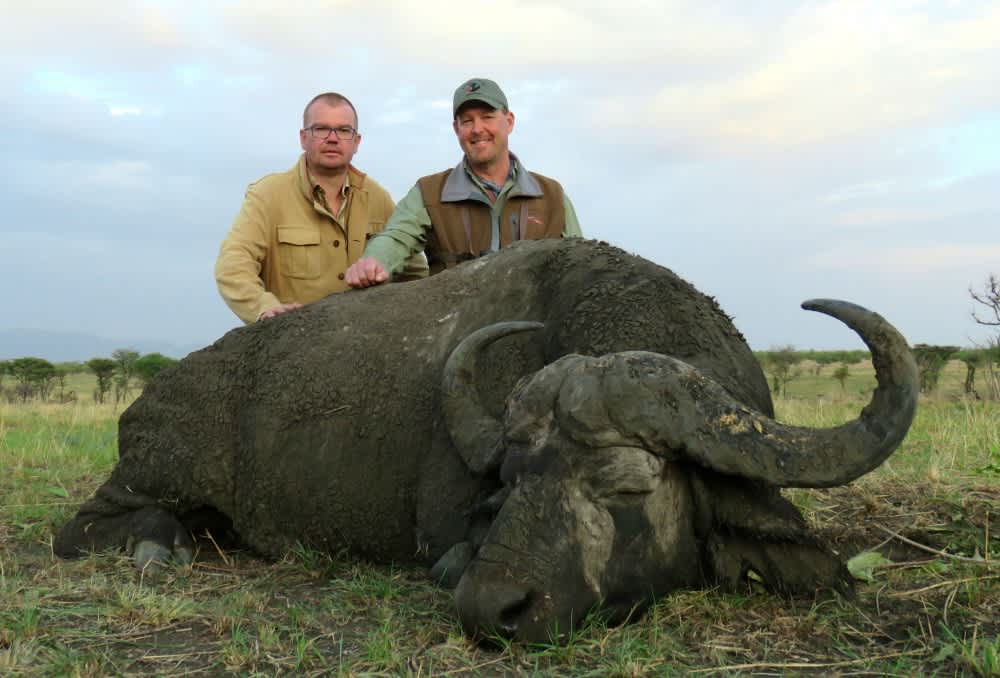
Editor’s note: To read part 1 of the author’s multi-species Africa adventure, click here.
The historically famous Karamoja region of Uganda was the area I most wanted to see on our trip, and it was not to disappoint. Our tent camp was situated about 10 miles from the border of South Sudan, close to the same distance from Kenya, and the Omo Valley of Ethiopia was only about 100 miles distant. It is a beautiful and remote place, with mountains all around and sweeping rolling savannah in between.
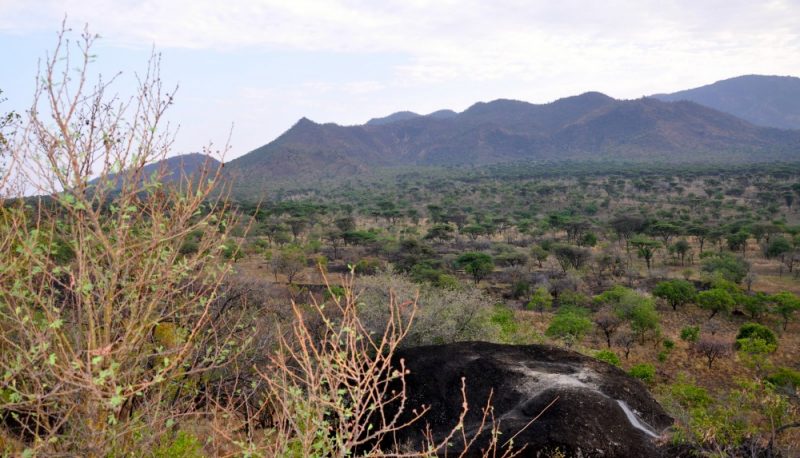
After our long trip from Aswa Lolim and getting unloaded, we had time to go for a drive and look around for a couple of hours after we got to camp, and it was beyond anything we had imagined. We saw buffalo everywhere, and when we got close to a small water source, we could literally see buffalo in every direction. One herd had more than 200 animals!
Kendall and I both wanted to look at a number of buffalo to try to find something really special, and our goal was to both take fully hard-bossed bulls with horns measuring over 40 inches wide. Nile buffalo are supposed to be slightly smaller than Cape buff, but we still felt like hitting the 40-inch mark was doable with so many bulls around.
The first morning out, after looking over a few buffalo, we spotted a really big East African Defassa waterbuck bull. He spooked, and after a lengthy stalk, Kendall made a good shot with my 7mm, and he had a beautiful 31.5-inch trophy.
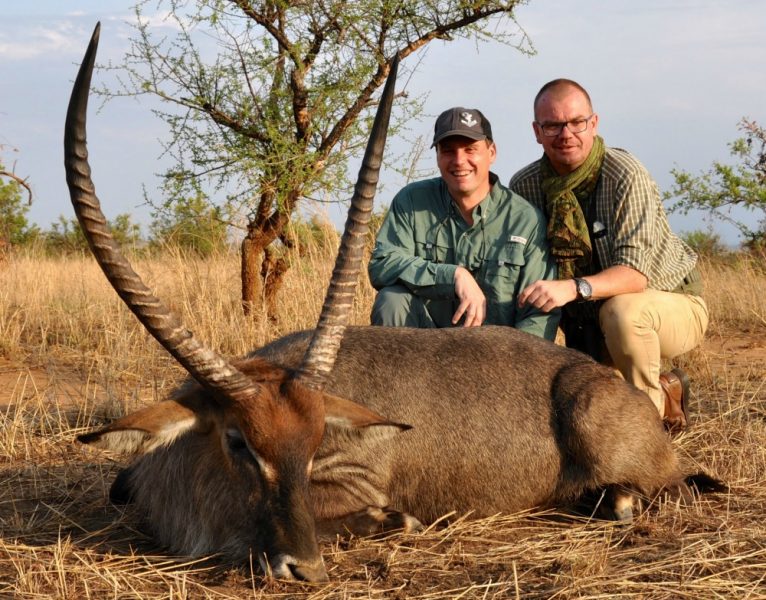
Over the next couple of days, we looked at more than 200 buffalo bulls. We were only looking at dagga boy bachelor groups, and not the herds. Our hunting area had a couple of good water sources, and many of the buffalo from an adjoining national park were migrating in.
Typically, buffalo hunts are a tracking affair, but there were so many bulls in the area, it made more sense to drive around and spot from the vehicle to cover a lot of ground, and look at as many bulls as possible. It was almost like hunting pronghorns in an area of the western United States with a high population of animals.
On our third morning, we hadn’t been out of camp for 5 minutes when we saw two bulls feeding a hundred yards or so off the dirt road. As soon as our binos went up, Kendall and I both looked at each other and knew one of the bulls was a shooter. He was wide, he carried the mass out to his worn tips, and he just had the look of a very old bull.
The bulls took off into the brush, so we formed a game plan, got the wind in our face, and we began a stalk. The bulls had moved off about 400 yards before we found them, but we had taken our time, and they were feeding again out in a large open area. I stayed back by a termite mound while Kendall and PH Christian Weth made the final move. They crept up to the last bit of brushy cover they could, and Christian set up the shooting sticks.
The buffalo were a little over 100 yards away, and there was no way to get closer without detection, so Kendall had to shoot from there. Once again, he hit his mark, and the big Nile bull bucked at the shot. Kendall put another one in his shoulder for insurance, as he stumbled forward, and then the great beast went down.
The bull as everything we thought he was, and more. He easily surpassed 40 inches in width, and he was even heavier than we had estimated. Kendall was extremely pleased with his second buffalo of the trip, and I could tell that Christian was very happy with the bull as well. When your PH is excited about an animal, you know it is a good one.

So now it was my turn to look for a Nile buffalo. Over the next 2 days, I really tested Christian’s patience. We saw dozens of old bulls that I would have shot the first 5 minutes of every other safari I have ever been on, but I saw the area’s potential, and I wanted something really special. I admit I was also having an absolute blast looking at so many bulls and feeling no urgency to take one. On all of my other buffalo hunts, I’ve always felt that I should shoot the first hard-bossed bull I saw.
One morning we did a lot of walking, and we looked at a lot of buffalo. It seemed every time we got close to one group, we could see another group in the distance, so we just trekked from one group to the next. What a great way to hunt buffalo!
I dragged my buffalo experience out until the last 15 minutes of the last afternoon. As we were walking back to the truck, Kendall spotted three bulls 500 yards away moving in our direction. He told me that I should really take a look at the one on the right because he was huge bodied and his horns appeared to be quite wide.
To make a long story short, our driver unknowingly spooked the bulls when he came to get us, and Christian, his tracker and I began what would end up to be a mile jog to try to cut the distance and get a good look at the big bull.
Literally as light was fading, I put a 360-grain Cutting Edge Bullets Safari Raptor straight through the middle of the bull’s heart, and I had the great Nile buffalo. He was covered in mud from head to tail, and as light was fading too quickly, we had to wait until the next morning to get photos.
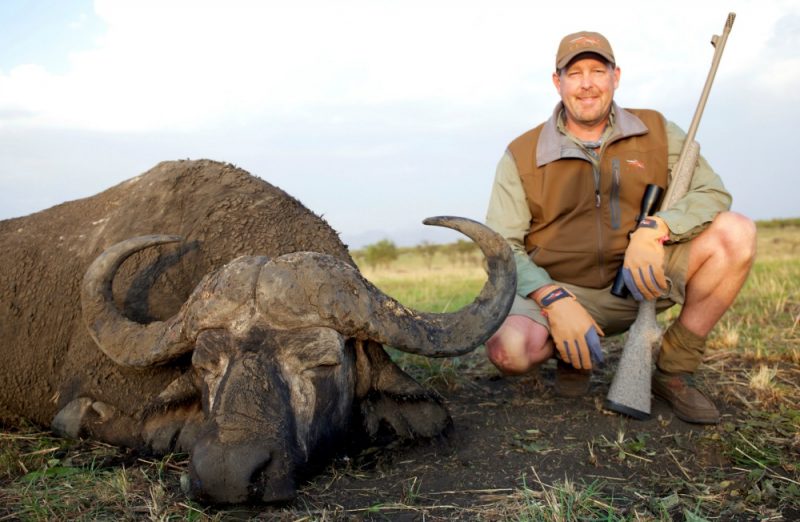
With two great bulls in the skinning shed, we were ready to head to Christian’s Kafu River camp, where we would hunt sitatunga and bushbuck, but we stopped by a local village of the Karamajong tribe before we left.
These people were living as basic a lifestyle as any I have seen in all my travels, but as is the case with most rural Africans, they seemed happy, and were very friendly to us. They explained much of their culture to us, much of which hasn’t changed since the days that “Karamojo” Bell wrote of these strong people that he both feared and respected.

This was one of the highlights of the trip for me; meeting new people, seeing different cultures, and taking in the whole experience of an area I have not visited before has become just as important in my travels as the actual hunting or fishing that brought me there.
We hit the road again headed for Kafu, and it was a long hot trip that took the whole day. We stopped in the small town of Misindi to grab a cold drink at the Misindi Hotel that is famous for being the place that Ernest Hemingway stayed for about 2 months as he recovered from an airplane crash during one of his safaris. That was a nice break in our day, but I was sure glad to see camp when we rolled in that evening. (To be continued in part 3 . . .)
Sidebar: Choose the Right Bullet for Tough Game
On this hunt, as with my last three buff hunts, I chose Safari Raptors from Cutting Edge Bullets. The CEBs have always performed flawlessly for me, and I have the utmost confidence shooting them at anything out there.
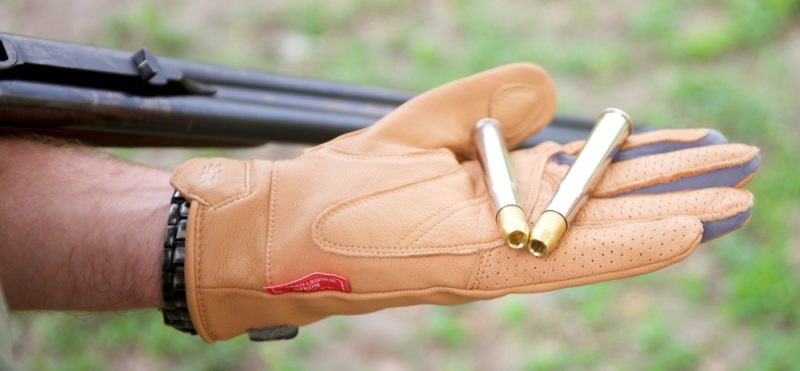
These all-brass bullets have six petals that sheer off and travel in a star shape once inside an animal, and the brass core penetrates on through like a solid. They are simply devastating, and the petals spreading out cover you on marginal shots if your aim isn’t pinpoint accurate. They shoot very well out of my .416 Rem and my .470 NE.
I also decided to give the CEB ER Raptors a try in the 7mm for this trip, and they performed as well as their larger counterparts. The ER (Extended Range) Raptor is a tipped hollow-point design and is intended for long-range hunting out to 600 yards. Instead of mushrooming, the Raptor bullets are all designed to shed six blades after 1 to 2 inches of penetration, while the base continues for even deeper penetration. A minimum of 1500 fps impact velocity is required for the hollow-point to function as intended. So, it is a more arrow dynamic, copper version of the brass Safari Raptors, and has proved to work just as well.
Editor’s note: Tim Herald is an owner and hunt consultant at Worldwide Trophy Adventures (WTA). To book this or any other high-quality hunt anywhere in the world, contact Tim at tim@trophyadventures.com. WTA’s services are free; WTA is paid directly by the outfitter, and your hunt cost is the same whether you book directly with an outfitter or through WTA.

